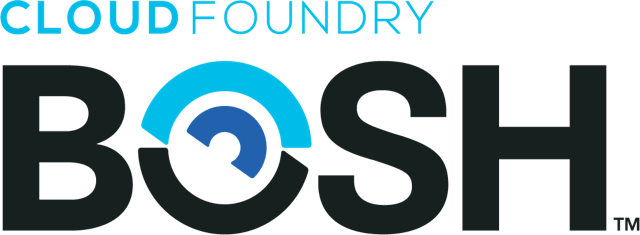Abstract
Today’s user expects a self-service, always-on, plug-and-play, ever-evolving experience. That’s a lot of hyphens. Cloud Foundry is based on the premise of making Application Development agile and Infrastructure flexible in order for the modern enterprise to meet dynamic business needs.
We’ll guide you through the essential, need-to-know basics for an owner, operator, or developer who is new to Cloud Foundry. In thirty minutes, we can give you the keys to enable you to become a core part of the digital transformation within your organization.
Recently, we gave this talk at the Cloud Foundry Summit 2019 conference. We encourage you to enjoy the full video, but if you don’t have time for that now you can read our quick synopsis below.
Overview
People are drawn to use Cloud Foundry because it is open source, runs on public and private cloud infrastructures, and has community support.
For developers, it’s the democratization of the platform. You can self-provision your services and you can scale up the size of your application based on demand. Who needs a DevOps team any more?
Actually, you still need a DevOps team. But now they get to be Platform Operators who can grow and mature your company’s secure and compliant platform while focusing on site reliability.
From a Project Owner’s perspective, you don’t have to pay for the cost to build and maintain your own platform. You just need to invest in the time it takes to mature your DevOps team to run and manage new software based on the standards of the Open Source Software community.
A platform that changes and evolves as the standards to do. As you begin your journey, how do you know where to begin? You could try to build your own Cloud Foundry.
Proof of Concept
Now you’re all excited and you want to jump right in and run your own. We love the enthusiasm, here’s what to remember about a Proof of Concept environment though.
It’s meant to be a temporary environment to learn from.
Do not let it become your production environment later. Because most likely you’ll end up deploying first manually (that is, without any automation). With self-signed certificates. You may not even be meeting your companies internal policies and security compliances because it’s a temporary environment.
While you learn from the environment use this time to identify who you’ll need to work with when you’d want to build production. And what they are going to ask from you. A list of departments can contain web developers, operations, infrastructure, security, governance. With any others you may think of that will need to sign off before something can face customers.
Rent to Own
Another way to decide if Cloud Foundry is right for your organization is to consider that there are already Cloud Foundry Certified Platforms that exist. It’s like a SaaS for your PaaS. That’s a Software-as-a-Service for your Platform-as-a-Service.
One of the goals of Infrastructure-as-a-Service (IaaS) is to make compute, storage, and network like a utility. Just like you can turn on lights at your home thanks to the power company and all the infrastructure they’ve provided. You can turn on a server thanks to Amazon, Google, or Microsoft.
Well, the same is true for these Cloud Foundry certified platforms. You can turn on (deploy and run) a Cloud Foundry application as simply as you can if you’d built the platform yourself. But it saves the time, cost, expertise involved in building and maintaining that platform.

Own Your First Platform
Once you’re ready to own your own platform, you’ll need to make sure you are ready to manage things like backups, certificates, secure credentials, and a strategy for updates.
Your best ally in this area is BOSH. BOSH was written to setup Cloud Foundry. How to deploy Cloud Foundry’s complex microservice architecture began as a hard problem to solve. Yet over the years, BOSH has made that simpler. How? By using principles of Release Engineering and the ways BOSH has matured to repeat itself less often in the configuration files (manifests) it uses.
As a result, the “Day 1” process is easier today than it was two years ago.
Yet just because you can do something doesn’t mean you should. You’ve got to know that you’re willing to own the platform for the life of its use. These can sometimes be referred to as “Day 2” concerns.
BOSH can come and help here as well. Giving automated VM and process resiliency out of the box. And using release engineering methods, the power of predictable results when setting up a CI/CD pipeline.
BOSH can’t do everything for you though, but it may have releases that it can install to help out. Like a bosh-prometheus release, to set up monitoring. Or a ClamAV BOSH runtime add-on, that will help you put virus protection on all your virtual machines that BOSH manages.
Learn More
To learn more about BOSH and Cloud Foundry stay tuned on our blog and check out these links below: